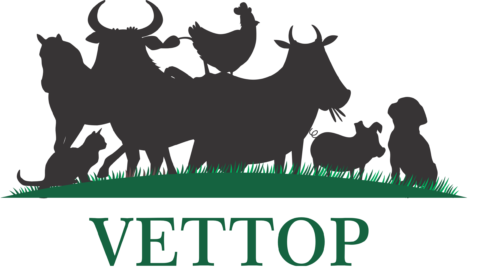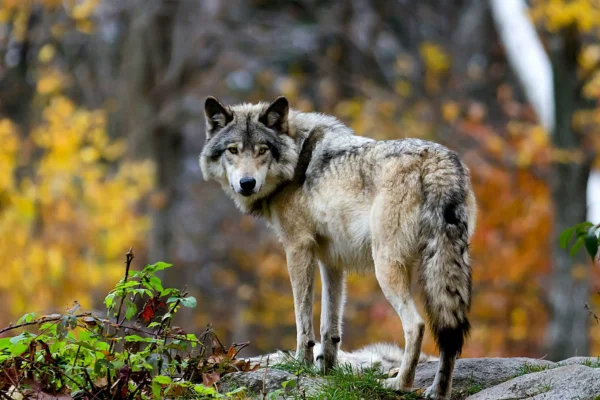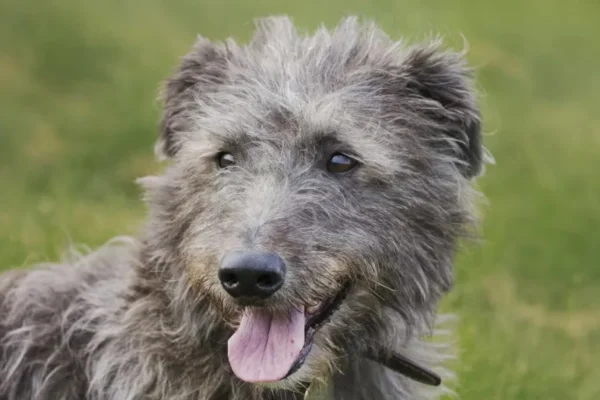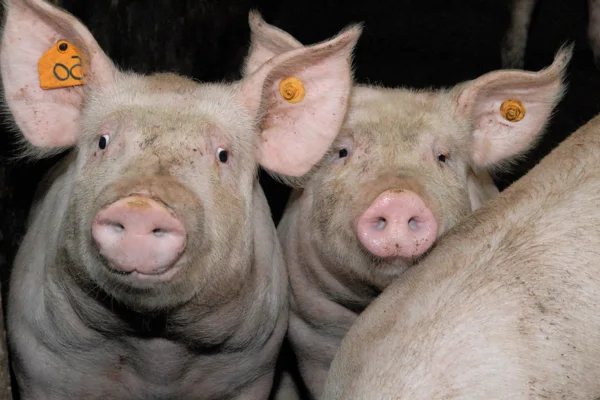The Fascinating World of the European Wolf
History, Behavior and Conservation
The European wolf (Canis lupus lupus) is one of the subspecies of the gray wolf and inhabits vast regions of the European continent. This majestic animal has played a crucial role in human culture, ecology and history over the centuries. In this article, we will explore the biology, behavior, ecology and conservation efforts related to the European wolf, highlighting its importance and the challenges it faces in an ever-changing world.
History and Distribution
Historically, the European wolf had a wide distribution that covered much of the continent, from the dense forests of northern Europe to the mountainous regions of the south. However, human expansion, habitat destruction and hunting have led to a drastic reduction in their populations and fragmentation of their territory.
During the Middle Ages, wolves were common throughout Europe, but their reputation as predators and the superstitions associated with them resulted in intense persecution. By the 19th century, wolf populations in Western Europe were virtually wiped out. However, in recent decades, conservation efforts have allowed populations to gradually recover in several regions, including the Iberian Peninsula, the Alps and Eastern Europe.
Contents
Biology and Ecology
The European wolf is a social carnivore, living in family groups known as packs. These packs are led by an alpha couple, who are the only ones to reproduce, and their pups. The social structure of packs is complex and organized, with each member playing a specific role that contributes to the survival of the group.
Feeding the European Wolf
European wolves are opportunistic predators with a varied diet. They feed mainly on large ungulates such as deer, wild boar and elk, but also hunt small mammals, birds and occasionally fish. Hunting is generally a cooperative activity, where coordination and communication between pack members are essential for success.
In addition to hunting, European wolves are also known for consuming carrion, which makes them important for ecological balance, as they help clean the environment of dead animals and reduce the spread of disease.
Habitat of the European Wolf
European wolves are highly adaptable and can inhabit a variety of environments, including temperate forests, tundras and mountainous regions. They prefer areas with dense cover, where they can hide and hunt effectively. The presence of suitable prey and the availability of water are critical factors in their choice of habitats.
Behavior and Communication
Wolves are extremely social animals and have a rich range of communication behaviors. They use vocalizations, facial expressions, body posture and scent marks to communicate with other members of the pack and to mark their territory.
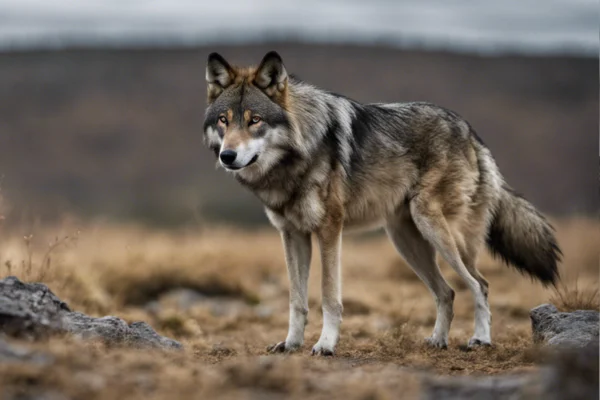
Vocalizations
Wolf howls are one of the best-known vocalizations and serve multiple purposes. They can be used to rally the pack, communicate the location of an individual, or to warn other wolves of their presence in a given territory. Howls are also a form of social cohesion within the pack, reinforcing the bonds between its members.
Territory marking
Territory marking is a vital practice for wolves, as it helps to avoid conflicts with other packs. They use urine, feces and glandular secretions to mark the boundaries of their territory. These markings serve as chemical signals that inform other wolves about the occupation of the territory and the social status of the individuals inhabiting it.
Conservation and ChallengesThe conservation of the European wolf faces a number of challenges, despite the progress made in recent decades. Habitat fragmentation, conflicts with humans and direct persecution still pose significant threats.
Habitat fragmentation
Urban and agricultural expansion has led to the fragmentation of wolves' natural habitats, hampering their hunting and reproduction abilities. The construction of highways and other infrastructure creates physical barriers that prevent the free movement of wolves, isolating populations and reducing genetic diversity.
Conflicts with Humans
European wolves often come into conflict with human activities, especially livestock farming. Attacks on domestic livestock result in economic losses for farmers, who often retaliate with lethal measures. Financial compensation programs and the implementation of livestock management techniques, such as electric fences and guard dogs, have been used to mitigate these conflicts, but harmonious coexistence is still a challenge.
Chasing and Hunting
Although wolf hunting is banned in many European countries, illegal hunting is still a common practice. The negative perception of wolves, fueled by myths and superstitions, contributes to continued persecution. Public education and awareness are essential to change this perception and promote coexistence.
Conservation Efforts
Several European countries have implemented conservation programs to protect and restore wolf populations. These programs include the creation of nature reserves, population monitoring, scientific research and public education campaigns.
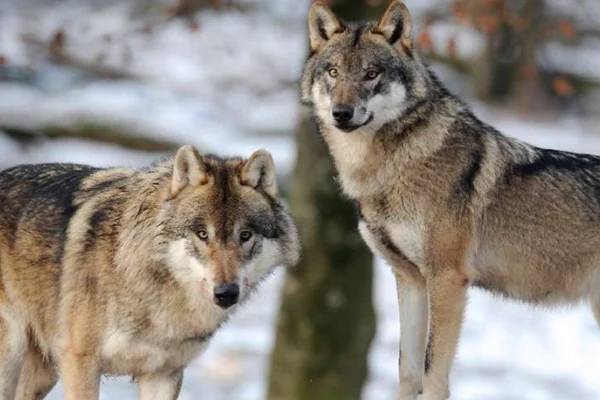
Population Monitoring
Monitoring wolf populations is crucial for effective conservation. Techniques such as GPS tracking, DNA analysis of feces and camera traps are used to estimate the size of populations, their distribution and movement patterns. This information is fundamental to developing management and protection strategies.
Education and Awareness
Public education plays a vital role in wolf conservation. Awareness campaigns that highlight the ecological importance of wolves, dismantle myths and promote peaceful coexistence are essential to gaining community support. Collaboration with farmers, hunters and other interest groups is also key to implementing effective solutions.
Reintroduction and Protection of Habitats
The reintroduction of wolves into areas where they have become extinct is a strategy used in some countries. These reintroduction programs are carefully planned and monitored to ensure success and minimize negative impacts. In addition, the protection and restoration of natural habitats are crucial to providing a safe and sustainable environment for wolves.
The Future of the European Wolf
The future of the European wolf depends on our ability to promote coexistence between humans and wolves. Effective conservation requires an integrated approach that includes habitat protection, conflict management and public education. As we continue to learn more about these fascinating predators, we must work together to ensure that the European wolf continues to thrive in Europe's landscapes.
Wolves play a vital ecological role as top predators, helping to maintain the balance of ecosystems. Their presence influences the distribution and behavior of their prey, which in turn affects vegetation and other components of biodiversity. Protecting European wolves is therefore not only a matter of preserving an iconic species, but also of maintaining the health and integrity of European ecosystems.
In short, the European wolf is a symbol of resilience and adaptation. Through concerted conservation efforts and a change in public perception, we can ensure that this majestic predator remains an integral and valuable part of European biodiversity.
Thank you for visiting us and check out our other work
